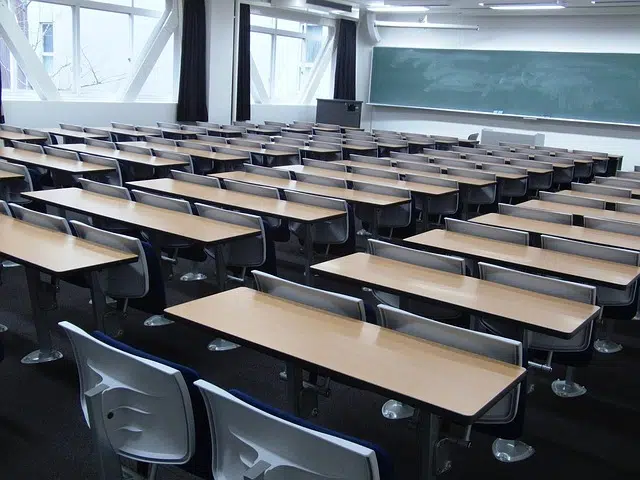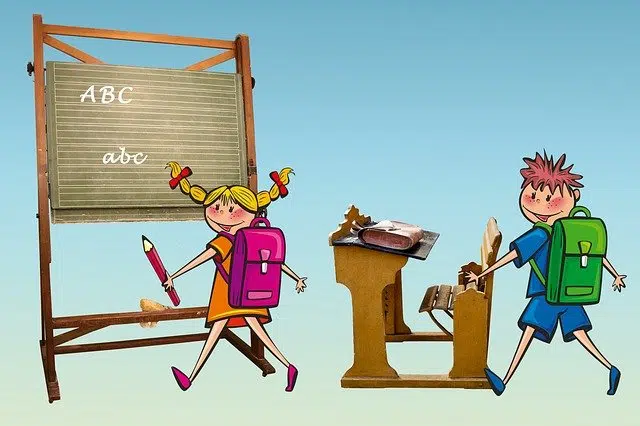
An educational model guides the development of a curriculum and helps systematize the teaching and learning process.
An educational model consists of a compilation or synthesis of different pedagogical theories and approaches , which guide teachers in the development of study programs and in the systematization of the teaching and learning process.
In other words, an educational model is a conceptual pattern through which the parts and elements of a study program are outlined. These models vary according to the historical period, since their validity and usefulness depends on the social context.
By knowing an educational model, the teacher can learn how to develop and operate a study plan, taking into account the elements that will be decisive in didactic planning . Therefore, it is considered that greater knowledge of the educational model by the teacher will generate better results in the classroom.
The traditional educational model
The traditional educational model focuses on the development of a study program, without many additional elements since social needs or the intervention of specialists, among other factors, are not explicitly taken into account.
This educational model contemplates the figure of the teacher (who plays an active role), the method (the lecture-type class), the student (with a receptive role) and the information (the contents presented as different topics).
In this sense, the traditional model has little influence from scientific-technological advances in education , which is why it is currently somewhat limited. In any case, its usefulness as a pedagogical basis in the training of various generations of teachers and students is recognized.
Broadly speaking, the traditional educational model can be used to build upon it a modern one, appropriate to the needs of students and teachers, as well as to the technological and educational resources that we currently have, or it can be completely ignored and work on a blank canvas to give rise to absolute innovation. The second case is much more difficult to achieve, and not necessarily better.

Social changes mean that educational models must be updated.
Problems in teaching
One of the problems with this way of teaching is the undeniable rigidity of the direction in which knowledge moves: always from the teacher to the students. This is also perceived in the contents themselves, since they do not change because no one questions them. In this way, the doors to student opinion are closed and knowledge stagnates, denying its evolution.
In the second half of the 20th century, various educational models appeared that were considered innovative, seeking to leave the traditional one behind or complement it with new techniques and tools.
Innovation in educational models
One of them is the Design of Learning Objects , which creates teaching material that is used to review complex topics with the aim of promoting the correct use of pedagogical processes. It focuses on the needs of teachers and students while integrating various information technologies.
On the other hand is Active Pedagogy , which focuses on the importance of teaching students to study instead of simply forcing them to memorize content. The fundamental elements of this educational model are the guidance and motivation, on the part of the mentor, so that the students dialogue and draw their own conclusions.
We must also mention school collaboration for educational transformation , an educational model that seeks to reinforce the great importance of student well-being , taking into account all aspects of their development. This encompasses family life and the school experience, for which both the child's parents or guardians, as well as their teachers and educational psychologists, among other professionals, must be involved.
